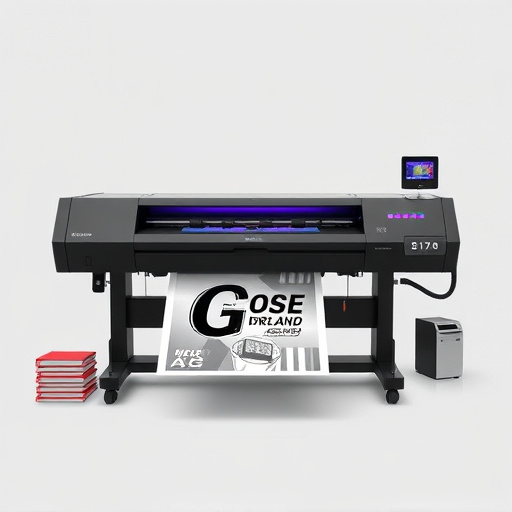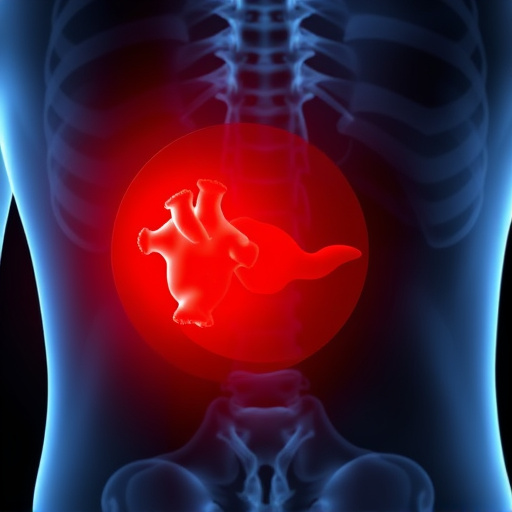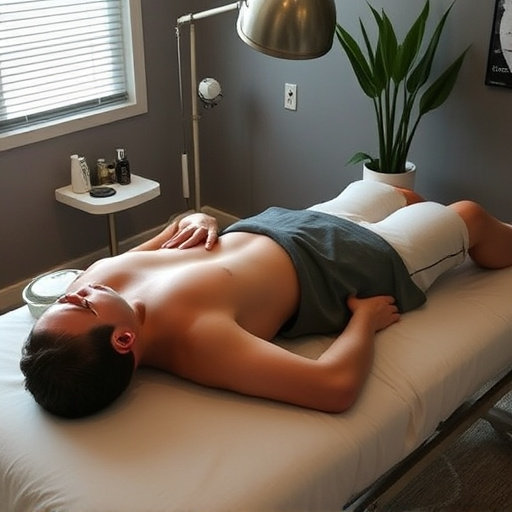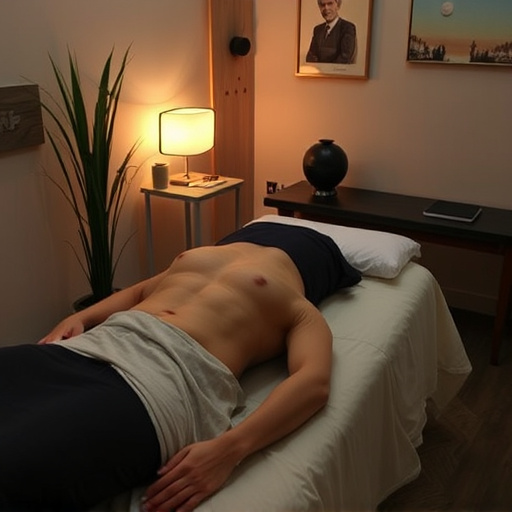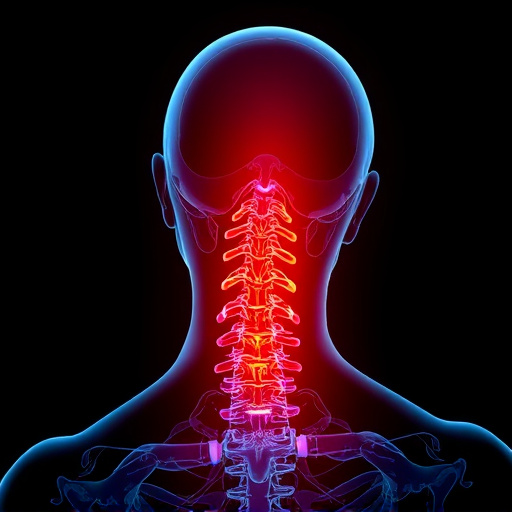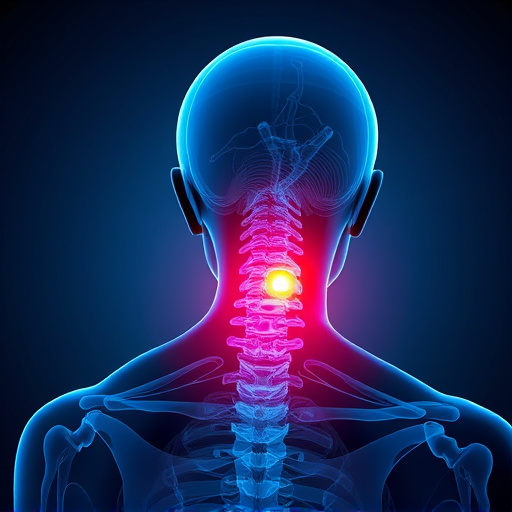A herniated disc occurs when the soft core pushes through a tear in its outer ring, potentially compressing nerves and causing sharp pain, numbness, and weakness. Non-invasive treatment options include rest, physical therapy, medication, heat/ice packs, chiropractic adjustments, and massage. Severe symptoms require intensive intervention combining rest, physical therapy, medication, and surgery if necessary. Prompt attention is crucial for managing acute pain and preventing nerve damage. Rehab services offer specialized exercises for optimal outcomes in chronic or complex cases.
A herniated disc, or slipped disk, affects thousands, causing pain and discomfort. While intensive treatments are often sought, it’s crucial to understand that some cases can heal naturally without aggressive intervention. This article explores the science behind herniated disc recovery, focusing on conservative approaches for relief and potential healing. We’ll guide you through understanding these conditions, conservative treatments, and knowing when intensive care is truly necessary for a full recovery.
- Understanding Herniated Discs: Causes and Symptoms
- Conservative Treatments for Pain Relief and Healing
- When Intensive Intervention is Necessary for Recovery
Understanding Herniated Discs: Causes and Symptoms

A herniated disc occurs when the soft material inside an intervertebral disc pushes through a tear in its outer layer, potentially compressing nearby nerves and causing pain. These discs act as cushions between the vertebrae in your spine, so when they become damaged or degenerate, it can lead to significant discomfort and mobility issues.
The causes of herniated discs include aging, which weakens the disc walls, and injury, such as those resulting from sports or accidents. Symptoms vary depending on the affected area but commonly include sharp, shooting pain radiating to the limbs, numbness, and weakness. In some cases, chronic pain management techniques, including functional rehabilitation exercises, may help alleviate symptoms without aggressive treatment. However, for severe or persistent cases, especially when accompanied by progressive nerve damage, appropriate herniated disc treatment is essential to prevent further complications.
Conservative Treatments for Pain Relief and Healing

Many individuals with a herniated disc wonder if they can heal without intensive treatment. The good news is that conservative treatments can often provide significant pain relief and facilitate healing. This includes methods like rest, physical therapy, over-the-counter or prescription pain medication, and heat or ice packs.
Physical therapy plays a crucial role in herniated disc treatment, focusing on exercises to strengthen the back and core muscles, improve flexibility, and promote better posture. These exercises can help stabilize the spine, reduce pressure on the affected area, and speed up recovery, especially after an auto accident or other traumatic event leading to neck pain relief. Additionally, wellness care approaches such as chiropractic adjustments and massage therapy may also be recommended to alleviate symptoms and enhance overall well-being during the healing process.
When Intensive Intervention is Necessary for Recovery

In many cases, a herniated disc can heal on its own without intensive treatment, especially if the hernia is mild and causes minimal pain. However, when symptoms are severe or persist for an extended period, intensive intervention becomes necessary for effective recovery. Individuals with acute pain, numbness, or weakness in the legs, or those whose herniated disc compresses a nerve root or spinal cord, require prompt attention.
Intensive herniated disc treatment often involves a multidisciplinary approach combining rest, physical therapy, medication, and sometimes surgery. Post-injury care is crucial to managing pain, preventing further damage, and facilitating sports injury recovery. Rehab services can provide specialized exercises for strengthening the back and core muscles, improving flexibility, and enhancing overall stability. This comprehensive approach ensures optimal outcomes, especially for individuals with chronic or complex herniated disc conditions that don’t resolve with conservative treatments alone.
While a herniated disc may cause discomfort, it can often heal without intensive treatment. Conservative approaches like rest, physical therapy, and over-the-counter pain relievers are effective for many people. However, if symptoms persist or worsen, seeking medical advice is crucial. In some cases, intensive intervention might be necessary to alleviate pressure on the nerve roots and promote disc healing. Understanding the available herniated disc treatment options empowers individuals to make informed decisions for their recovery.






